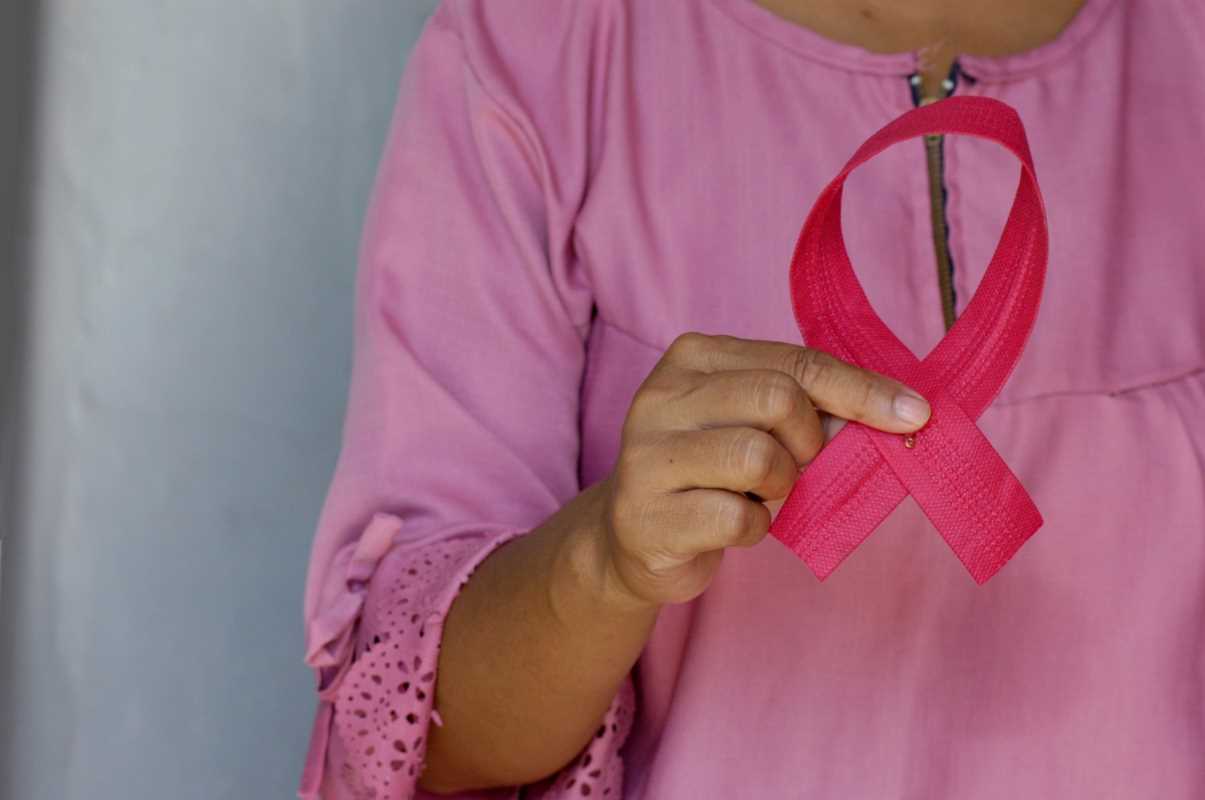For breast cancer survivors, the aftermath of treatment often includes significant physical and emotional challenges. Among these is the decision of whether to pursue breast reconstruction after a mastectomy. This choice is deeply personal, and for some, breast implants provide a valuable option to restore not only the body’s natural contours but also confidence and self-identity.
If you’re considering breast implants as part of your breast reconstruction, this guide offers detailed insights to support your decision-making. Here, we’ll explore the types of implants available, the reconstruction process, recovery considerations, and emotional aspects of this important step in your healing.
Understanding Breast Reconstruction with Implants
Breast reconstruction using implants involves rebuilding the breast mound after a mastectomy. Unlike cosmetic breast augmentation, reconstruction after cancer treatment focuses on replicating the natural shape and symmetry of the breasts.
Implants can be used on their own or in combination with tissue from other areas of the body (a process called autologous reconstruction). Among the many benefits of implant-based reconstruction are shorter surgery times, quicker recovery, and less invasive procedures compared to tissue-based methods.
When to Choose Implant Reconstruction
Implant reconstruction may be suitable for a range of patients, including those who want a shorter recovery or don’t have sufficient tissue for autologous reconstruction. However, the decision depends on factors like:
- Whether you’ve undergone radiation therapy (which can affect skin elasticity and healing).
- The stage and type of breast cancer.
- Your overall health and personal preferences.
It’s crucial to have an honest discussion with a qualified reconstructive surgeon to evaluate your unique circumstances and goals.
Types of Breast Implants for Reconstruction
When it comes to breast implants for post-mastectomy reconstruction, three main options are available. Each type has benefits and considerations depending on individual needs.
1. Saline Implants
Saline implants are filled with sterile saltwater and are inserted empty before being filled during surgery.
Pros:
- Easier to customize their size during the procedure.
- The body naturally absorbs the saline if the implant ruptures.
- Typically requires smaller incisions as they are inserted unfilled.
Cons:
- May feel firmer and less natural compared to silicone implants.
- More prone to visible rippling under the skin, especially in thinner patients.
2. Silicone Implants
Silicone implants are pre-filled with a gel that feels more like natural breast tissue, making them a popular choice for reconstruction.
Pros:
- Provides a smoother, more natural look and feel compared to saline implants.
- Less likely to ripple, resulting in a more uniform outcome.
Cons:
- Ruptures can be hard to detect (known as “silent ruptures”). Regular monitoring through MRI or ultrasound scans may be necessary.
- Slightly larger incisions are often required.
3. Gummy Bear Implants
Gummy bear implants are filled with a highly cohesive silicone gel that retains its shape even if the outer shell is punctured.
Pros:
- Maintain shape and structure better than traditional silicone or saline implants.
- Ideal for women looking for a teardrop or anatomical shape that mimics natural breasts.
- Reduces the risk of rippling.
Cons:
- Generally costlier than other options.
- Requires precise surgical placement and may need slightly longer incisions.
Your reconstructive surgeon will recommend the type of implant that best aligns with your aesthetic preferences, body type, and surgical considerations.
The Reconstructive Surgery Process
Breast reconstruction with implants can occur either immediately after a mastectomy (immediate reconstruction) or as a separate procedure at a later date (delayed reconstruction).
Tissue Expanders
For many patients, implant reconstruction involves a staged approach using tissue expanders. These are empty balloon-like implants placed under the chest muscles or skin during the mastectomy. Over weeks or months, they are gradually filled with saline to stretch the skin and create enough room for permanent implants.
This gradual process is particularly effective for women whose skin and chest structure need time to heal after a mastectomy or radiation treatment.
One-Stage Implant Reconstruction
Some patients are candidates for direct-to-implant procedures, where the permanent implant is placed during the mastectomy. This option reduces the number of surgeries but may not be suitable for everyone, especially those requiring skin or chest wall adjustments.
Symmetry Considerations
If only one breast is reconstructed, procedures like a breast lift, reduction, or augmentation may be recommended for the opposite breast to achieve symmetry.
Additional Considerations for Radiation Patients
Radiation therapy impacts the skin’s elasticity and healing capacity, which can make implants more challenging. Your surgeon may recommend using an acellular dermal matrix (ADM) – a graft material that supports the implant and enhances the overall result.
Recovery and Aftercare
The recovery process for breast implant reconstruction varies from person to person. However, here’s a general timeline and what to expect post-surgery.
Immediately After Surgery
- Swelling, bruising, and mild discomfort are normal. Pain management medication will be prescribed to help you stay comfortable.
- Surgical drains may be placed temporarily to remove fluid buildup.
First Few Weeks
- Avoid heavy lifting, overhead movements, or strenuous activities.
- Compression garments or support bras will help reduce swelling and keep the implants in place.
- Gentle daily activities are encouraged to promote circulation and healing.
Long-Term Recovery
- Full recovery can take anywhere from 4 to 8 weeks depending on body healing rates and the complexity of the procedure.
- Implants will gradually settle into a more natural position, a process known as "dropping and fluffing."
- Scarring fades over time but may take 12 months or longer to fully improve. Scar treatment options, such as silicone gel sheets, can aid in healing.
Emotional and Psychological Considerations
For many survivors, breast reconstruction marks an important step in reclaiming their sense of self after a challenging period. However, it’s normal to have mixed emotions throughout the process.
The Importance of Support
Having a network of support, whether through friends, family, or breast cancer survivor groups, can provide emotional relief. Talking openly about your feelings and asking questions during consultations with your surgeon ensures you feel empowered and informed.
Adjusting Expectations
While breast implants can restore the shape of your chest, they won’t restore sensation in the breast area. Understanding the benefits and limitations of reconstruction beforehand helps create realistic expectations and prevents disappointment. Focus on the symbolic and personal meaning reconstruction holds for you.
Reclaiming Confidence
Many survivors describe breast reconstruction as a way to close the chapter on their cancer experience and move forward with confidence. The physical change can be a powerful reminder of resilience and recovery.
Choosing the Right Surgeon
Selecting a reconstructive surgeon is one of the most important steps in the process. Choose a board-certified plastic surgeon who specializes in breast reconstruction, and ensure they have experience with cases similar to yours. A good surgeon will thoroughly explain your options, consider your medical history, and prioritize your safety and well-being.
Breast reconstruction with implants offers a meaningful way for many breast cancer survivors to restore their physical appearance and confidence after a mastectomy. By understanding your options, discussing them openly with a qualified surgeon, and taking time to weigh the benefits and risks, you can make informed decisions that align with your goals.
Remember, this journey is not just about physical reconstruction – it’s about celebrating your strength, resilience, and the beauty of moving forward. Whatever choice you make, your decision is deeply personal, and what matters most is that it feels right for you.
 (Image via
(Image via





